“The Doctor from India” is about a quiet, yet remarkable 75-year-old who has been fortunate in life to be able to make a real impact in the world by doing exactly what he loves.
The documentary’s subject is Vasant Lad, a professor and doctor of the ancient Indian medical system known as Ayurveda. The bright-eyed Dr. Lad is credited with introducing Ayurveda to the United States, and simultaneously reinvigorating its practice back in India.
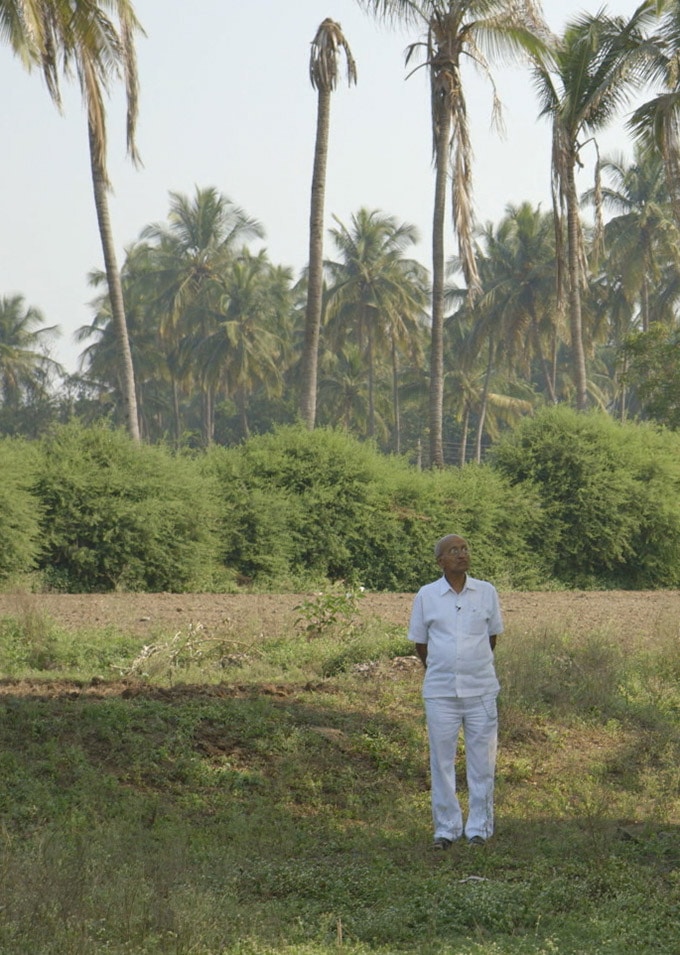
Speaking in the film, Dr. Lad describes Ayurveda as the art of living in harmony with nature, and in harmony with the surroundings. “Art” is a loaded word here.
Director Jeremy Frindel’s portrayal, which draws heavily on scenes shot in Pune, India, where Dr. Lad lives part-time, suggests the doctor practices his Art of Ayurveda to the letter. He seems to be very adept at finding simplicity amid myriad complexities.
In fact, later in the film there is a hilarious scene of Dr. Lad in the U.S. driving a 10-year-old car with only 20,000 miles on it. He explains that he drives only from work to home, and home to work.
Dr. Lad’s American home is his sanctuary. When we peek in, we see it is filled to the brim with Hindu idols and other religious paraphernalia. I suspect Ayurveda’s ancient wisdom feels more palpable to Dr. Lad within his sheltered environment.
It is clear the doctor’s personal spiritual practice is integral to his teaching and clinical practices, and this was the greatest surprise I got from this film.
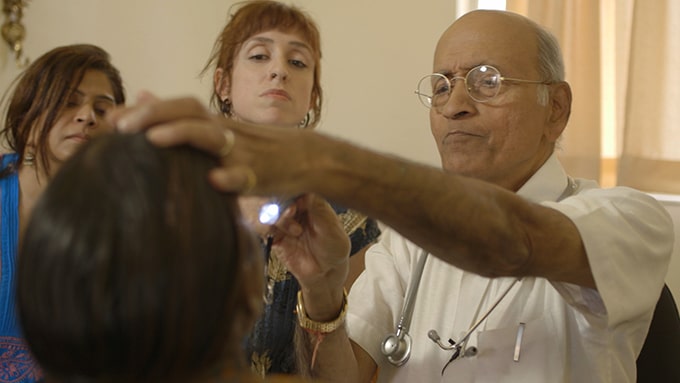
Traditional Ayurveda Vs. Modern Ayurveda
Aside from the overt spirituality, the film portrays Dr. Lad’s deep commitment to keeping Ayurveda’s traditional methods, well … traditional. There is plenty evidence to support this.
Dr. Lad has written 11 books, including a three-part textbook series for students of Ayurveda, and other instructional texts dealing with key elements of the discipline. His teachings are largely based on the original Ayurvedic texts, originating in the 6th century BCE.
His approach to Ayurveda contrasts starkly with that of millionaire celebrity doctor Deepak Chopra, who made his money off Ayurveda by writing books like, “The Spontaneous Fulfillment of Desire,” “The Healing Self,” and “You Are the Universe.” Chopra appears in the film and offers this self-reflective endorsement:
“Dr. Lad, for reasons of his own, did not bother to modify the language. He maintained the original language, which kept its purity. I, on the other hand, did modify the language to reach a broader audience, and it worked as well.”
What is Ayurveda?
Ayurveda is a complete system of medicine, with a 5,000-year history. It includes general medicine, surgery, pediatrics, toxicology, and more. It is considered the oldest system of medicine in the world.
From what we see in the film, Dr. Lad refers any patient with an acute condition requiring intervention, such as surgery, to modern medicine. He says modern medicine is good for this, and only this.
Self-healing is possible by balancing your individual constitution, known as your dosha.Click To TweetWhat Dr. Lad appears to offer patients is more of Ayurveda’s lifestyle wisdom, the part about finding balance with nature and living a spiritual life.
In Sanskrit, Ayurveda means “life-knowledge.” Some of Ayurveda’s most accessible wisdom comes from this idea.
Ayurveda’s crowning jewel for doctors like Dr. Lad is its evolved system of non-invasive assessment methods, which include analysis of the patient’s pulse, tongue, diet, elimination, and general appearance.
There is also a system of touch, known as marma, that works similarly to acupuncture. Yoga postures, detox protocols, and “pranayama” breathing techniques are added to many treatment plans.
The premise is that self-healing is possible by balancing one’s constitution (known as your dosha) through what you consume, and how you live.
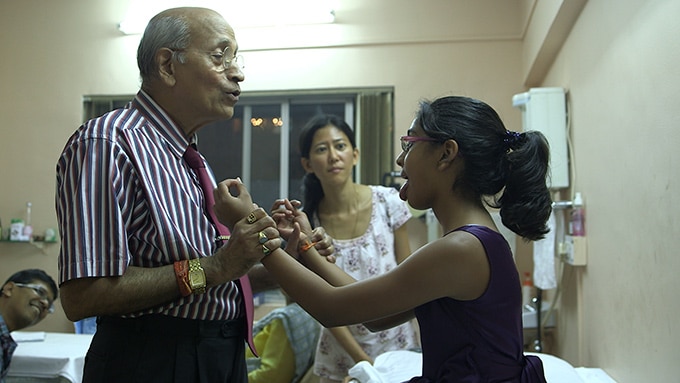
Ayurveda and Spirituality
Underlying in Ayurveda, but not touched by most, is a spiritual component that invites one to connect with the “cosmic consciousness.” Connecting with this greater intelligence is often cited as the ultimate path to healing.
One of the biggest takeaways from this film for me is that each Ayurvedic doctor will bring to their practice something unique. Dr. Lad has an affinity for precious stones and crystals, and he is known to recommend that patients wear them. It looks incidental, but who really knows?
In a Q&A session after a screening in New York on Saturday, July 2, Dr. Lad said there is no conflict in using Ayurveda for self healing and practicing a religion. He suggested that whatever religious practice a person has, they should do more of it and it will help them.
“Ayurveda hugs all religions,” he said.
Clearly, this is not your typical, one-size-fits-all kind of science.
Ayurveda in Action
The film shows plenty of examples of Ayurveda in action, mostly where Dr. Lad diagnoses patients by measuring their pulses.
Most of us think we have only one pulse in the body, but both Ayurveda and Traditional Chinese Medicine systems identify many, as well as points, both of which are associated with specific organs and other bodily systems.
Pulses are a window into the health of the overall body, and Dr. Lad appears to be remarkably adept at this skill. He can identify a person’s doshic constitution in seconds, and in a few more seconds he can identify each area of imbalance in the body.
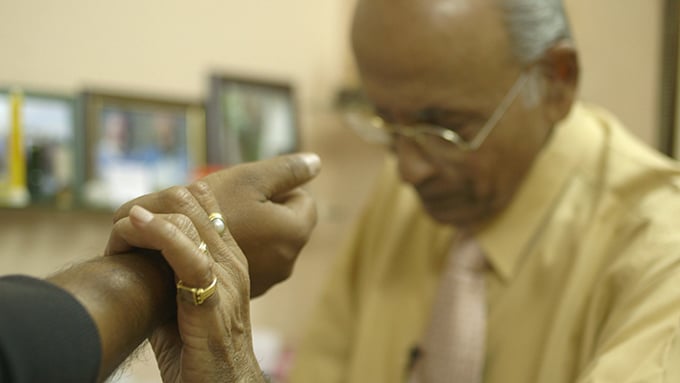
As a witness watching this film, much of Dr. Lad's life looks almost unbelievable, yet it's highly compelling at the same time. You may ask yourself, “How is this possible?” Because of course, all the patients we see in the film are “feeling better” after being treated by the doctor from India.
I found some especially telling insights in an interview with the filmmaker published on the Ayurvedic blog Chit.Chaat.Chai. The Brooklyn-based Frindel said:
“The schedule that man keeps is unbelievable. He just wore me out trying to chase him around. He starts at seven in the morning and finishes at ten at night and doesn’t really stop.” (Frindel is a very young man, and remember Dr. Lad is 75.)
Frindel also shares that Dr. Lad’s morning clinic for the villagers is conducted free of charge, while his evening clinic in the city is by donation.
When a man works that hard and doesn’t get paid for it, one can’t help but be moved by the man’s remarkable dedication and compassion.
Harsh Criticism for ‘The Doctor From India’
The 89-minute film, produced by Substratum Films and released by Zeitgeist Films, received harsh criticism in a New York Times review, which referred to Ayurveda as “hodgepodge” and unscientific.
The review was also highly misleading, stating the fact that Lad doesn’t have a license to practice medicine in the United States, but not explaining why, leaving one to assume it is somehow due to his incompetence.
The facts are, there isn’t yet a way to obtain a license in this country, since Ayurveda is too new, and the West is still nascent in its understanding of the ancient healing modality.
This is precisely what Dr. Lad moved his family to the United States to work on.
It makes sense that Ayurveda is considered unscientific as well, because it hasn’t been put through the rigors of modern scientific study.
In my personal opinion, Dr. Lad could have done a lot more to address this issue head-on. If Ayurveda really works, it should not be difficult to measure the benefits, but I expect it is an issue of funding that prevents this. Such studies are very costly.
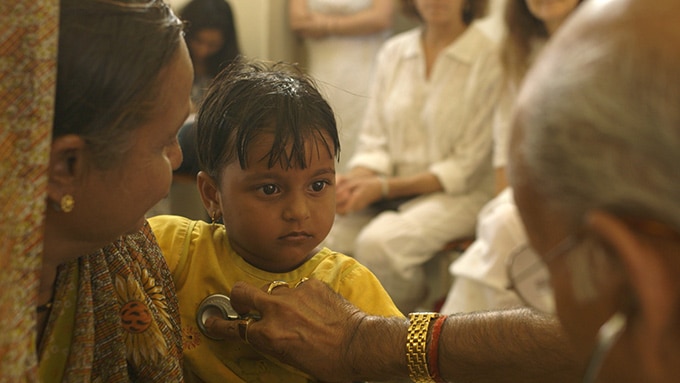
A Guru’s Prediction Comes True
“The Doctor from India” is presented as “a meditative and immersive portrait of the life and work of Dr. Vasant Lad,” so this review would be lacking if it failed to mention a few more details.
Dr. Lad says in the film that he wanted to go to medical school, but missed the entrance cutoff by 0.5 percent.
At first he was upset. Then he remembered an experience from early childhood, where he received a blessing from his father’s guru, also his spiritual teacher. The details of this story are recorded on the The Ayurvedic Institute’s website, and mentioned only briefly in the film.
He was only 8 or 9 years old, but that guru said, “Oh, you will be a very good Ayurvedic student and teacher, and you will go abroad, to England, America, and Germany. You will write books and you will teach people about Ayurveda.”
At the time, Dr. Lad didn’t even know English.
So Dr. Lad studies and obtains a Bachelor’s of Ayurvedic Medicine and Surgery from the University of Pune, and a Master’s of Ayurvedic Science from Tilak Ayurved Mahavidyalaya.
He was happily teaching at the Pune University College of Ayurvedic Medicine for 15 years, and treating patients—including 3 years as medical director of the Ayurveda Hospital—when he happened to meet an American named Lenny Blank.
Blank was quickly smitten with Dr. Lad’s character and compassion. He promised to send Dr. Lad a plane ticket to the U.S. if he would talk about Ayurveda with people. Blank told a skeptical Dr. Lad, “people there will love it.”
Dr. Lad took his first overseas flight in 1979, and eventually found his home in New Mexico, where students were so receptive to his message they built him a school, which is run as a non-profit.
Dr. Lad is currently director of The Ayurvedic Institute, located in the foothills of the Sandia Mountains. Students can attend weekend or two-year programs there, and patients can obtain the support they need to benefit from Ayurveda's profound wisdom.
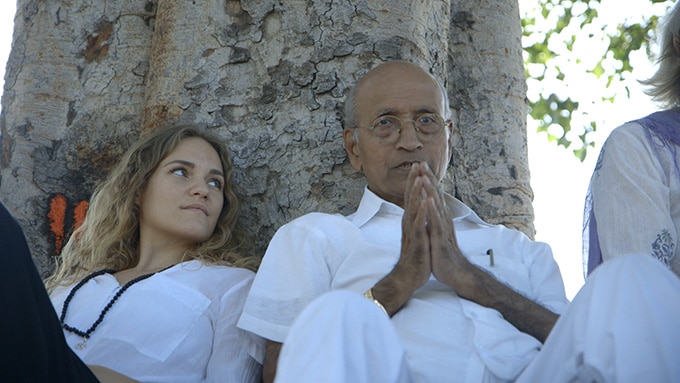
Why Highlight the Woo-woo?
Dr. Lad’s deeply spiritual roots are impossible to ignore, particularly in Frindel’s film. It is clear this director wished to highlight this aspect, even if it invited criticism.
In the same interview I referred to above, Frindel explains that he had to include the spiritual “woo-woo” parts because it was true to his understanding of his subject.
For Dr. Lad, said Frindel, “how the world works is that there are pieces that don’t fit into necessarily the typical mechanical Western scientific belief.”
You’ll have to watch "The Doctor from India" to see for yourself the kind of mini miracles Dr. Lad appears to produce with his Ayurvedic practice, and then judge for yourself.
I think we have to thank Frindel for offering a wider audience this rare glimpse into the doctor’s intimate world.
As well, composer Rachel Grimes’ classy, sweeping film score (admittedly, sometimes a little loud) does well to elevate the doctor’s ordinary days with greater poignancy.
Together with NY-based director of photography JWJ Ferguson, the trio have won the prize for Best Documentary at the Maui, Dharmsala, and Gold Coast Film Festivals. Screenings of "The Doctor from India" are just getting started.
As for Dr. Lad, both in the film, as well as after, he credits his guru’s blessing for his success.
And in an interesting reversal, there are many people now who refer to the hardworking doctor as a guru.
Dr. Lad’s response is to say he doesn’t know if he is, or not.
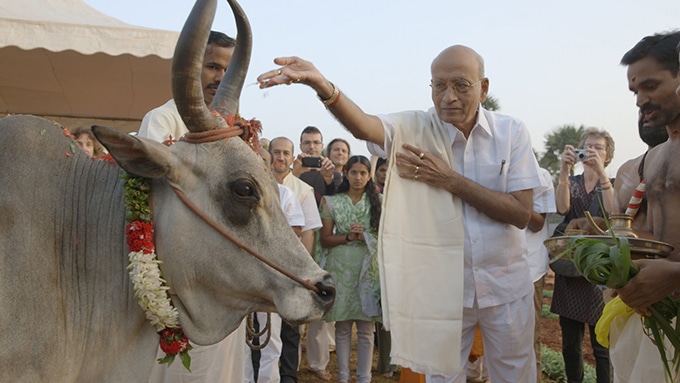
If you liked this post, please share it with your friends on social media, or leave a comment below.
For more Buttered Veg lifestyle content, follow me on Pinterest, Facebook, Instagram, and Twitter.










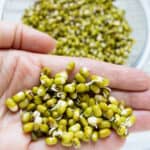

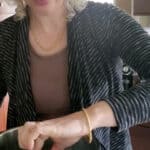


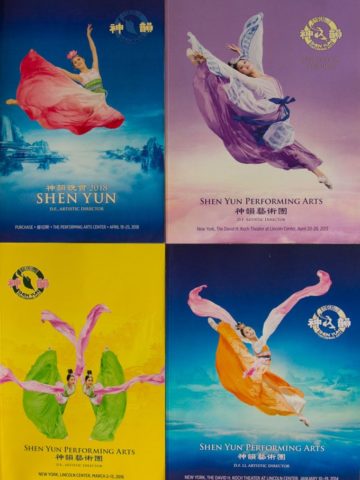

Leave a Reply